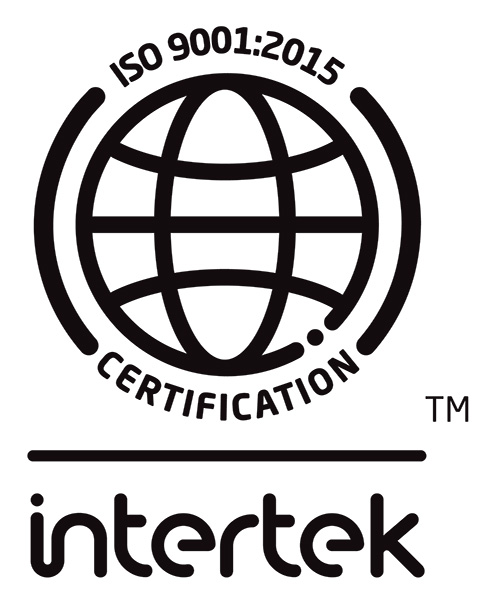ISO17043 standard update
In the laboratory arena we understand standards; they are the foundation of our quality system and a fundamental part of our accreditation. Reading, understanding, and adhering to standards is essential to getting better and staying better.
Unfortunately, reading and understanding standards is not an easy task; because of their terse style and because they are not written for each organization individually, understanding both the words and the crafters’ intent and applying it to each particular situation can be an arduous task. Being part of the writing team, and know what goes on in the background makes it a lot easier.
The International Organization for Standardization (ISO) first designed a standard for proficiency testing providers entitled “Conformity assessment — General requirements for proficiency testing” in 2006; this standard was finally published in 2010, which for international standards is almost “breakneck” speed. Although the standard was looked at about 3 years later, significant revision did not really start until 2019. Its revision is now well on its way and a new and revised edition should (fingers crossed) be available in late 2021 or early 2022.

I was part of the team that developed the first (2010) version, and am now actively collaborating in the current version; that will give us a bit of a head start.
The most visible change will be the renaming of the standard to “Conformity assessment – Requirements for the competence of proficiency testing providers”. The seemingly minor change makes the point that the focus of the standard is to improve the performance of the organizations that are doing the work of assessing others; the document’s intent is to ensure PT providers accountability.
Another change that we are trying to incorporate is that PT providers should broaden the target of performance and knowledge assessment and cover all aspects and levels of laboratory testing and performance. Going forward, some challenges should be directed at bench technologists performing assays while others should be directed towards the laboratory safety officer, or the laboratory quality manager, or perhaps the laboratory director.
There is a lot of literature in the error detection field that says that anyone can make an error, but errors by managers have wider impact and have far higher cost consequences. Proficiency Testing should be a valuable tool to help all laboratory workers reduce error impact.
One of the problems that continues to exist, as mentioned before, is that while we, the providers of quality assessment for medical and water testing laboratories view ourselves as THE MOST IMPORTANT proficiency testing providers in the world, the standard is designed to address the requirements for proficiency testing providers in a wide array of industries, like those that ensure the safety of rust protection on ocean going vessels, those who ensure the integrity of cement that is used in bridge building, and those who ensure colour fistedness of dyes that are safe for use in clothes designed for humans, and still develop relevant applicability.
If only they would understand.
“…PT providers should broaden the target of performance and knowledge assessment and cover all aspects and levels of laboratory testing and performance.”
Michael Noble
Chair, CMPT





